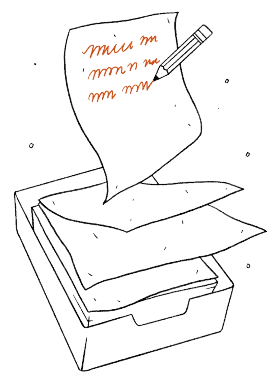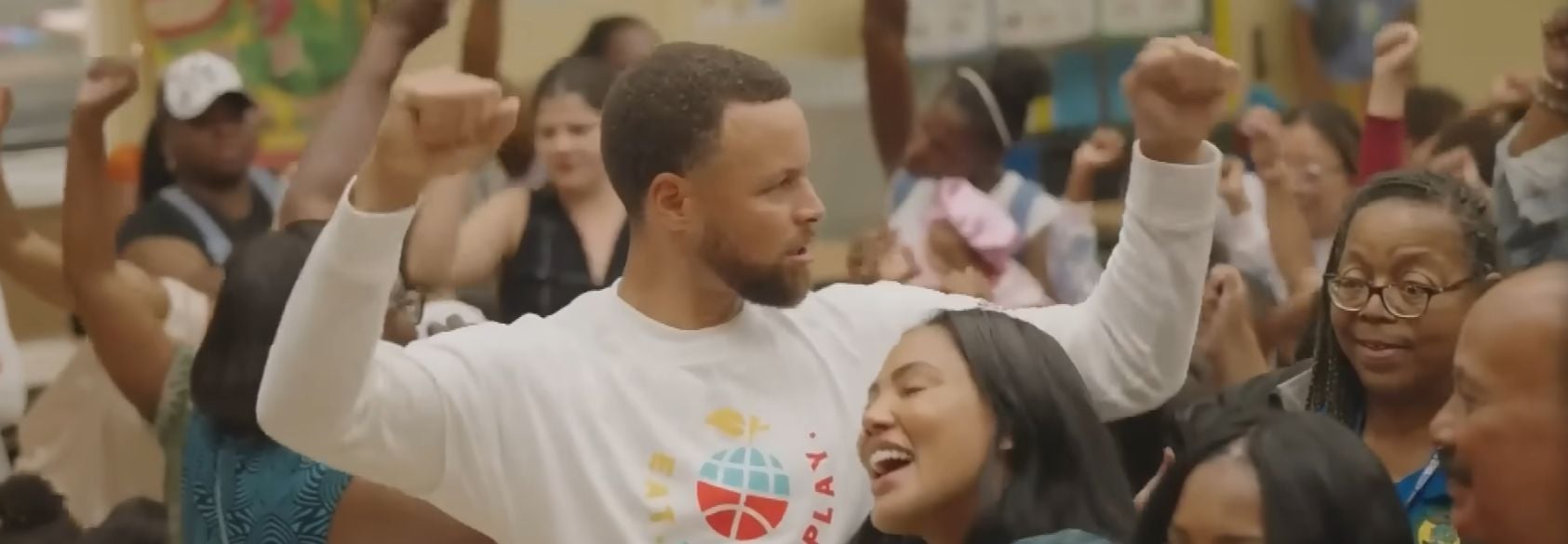When I was a graduate student at the University of New Hampshire in 1997, I remember my boyfriend, who was a bit of a computer “enthusiast,” telling me he made me an email address. I knew what email was, but I didn’t see any reason why I needed access to it. In fact, after he explained to me that I could use it to send him messages, my response was, “Why would I need to send you a message? I see you every day.” I like to tell this story to my students, who are the most connected people I know, texting each other during bathroom breaks even though they will see each other right after class. I’m sure all this anecdote does is make them think I am a dinosaur, but since I now email them at least a few times a week, they think I’ve evolved. And I think so too.
October is Connected Educator Month, a time to focus on reaching and encouraging educators to explore both national and global online learning opportunities. I’ve been deluged with the benefits of a “no walls” classroom, BYOD (bring your own device) days, and the simple fact that students can’t be “college or career ready” if they can’t navigate the complexities of a continually connected world. For the last six months or so, I’ve used Twitter to grow my own personal learning network, and I can say that the first people I like to send my blogs or float ideas to are educators who come from such diverse backgrounds that it is actually kind of comical. There’s an Australian teacher who oozes enthusiasm, a no-nonsense urban principal who will tell me exactly how it is, a Christian teacher whose “Good Calls Home” have taken on a life of their own, an intellectual professor who doesn’t know who I am but I admire anyway, and a former student who reminds me how far I’ve come. These people remind me that, regardless of time and space, all educators are connected.
What I am learning is that the complexities of a continually connected world are complicated by the vast number of platforms for communications. I am not exaggerating when I say that before I can get comfortable—or at least not embarrassingly bad—with one vehicle, another pops up. What I’ve come to learn is this: Find what works for you, but don’t become stagnate. Try new things and feel out possibilities. I’ve been a regular blogger for less than a year, and I am going to try something different very soon: A video blog. And, much like many new things, it scares the daylights out of me. The educator behind my push to branch out? His name is Paul Anderson, who is a complete stranger to me, but his post “Video Blogging” on Share My Lesson opened my eyes to some great possibilities. And, as a bonus, I learned about aposematic coloration from his video on the topic, which was pretty cool and demonstrates the heart of connection—I did not know what I would learn, but walked away with more than I expected.
Even before I became a “connected educator,” Share My Lesson provided a network of lessons that I could trust because of the educators who were behind them. A few years ago, I was desperate to help my students learn to summarize and ran across the “Twitter Tweet Chapter Summary” by the ELA team. Anyone who tweets knows that the 140-character limit is a challenge, but it is actually one of my favorite characteristics of the platform. When you are down to 140 characters, you say what you need to, drilling down to the essence of your comment. This activity turned out to be a fabulous way to engage my students while also laying the foundation for summarizing and brevity.
Share My Lesson’s social studies team also has a great activity to capture the imagination of our youngest students. “Getting Started—ICT Activities” is designed to help elementary students navigate their way through the Picture My World website, an interactive project that uses photographs of students around the world to facilitate exploration and communication. The touchstone for our students of “collaboration and communication” is not so much a goal, but a reality that teachers have the responsibility to shape and capitalize on. If a student is not able to do both, with accuracy and proficiency, his or her potential will be thoroughly limited. However, this aspect of education should be a no-brainer for teachers. Students want to collaborate and communicate. The world doesn’t seem overwhelmingly big to our youngest students, and to reach those who are our future, we must embrace that worldview as well.











